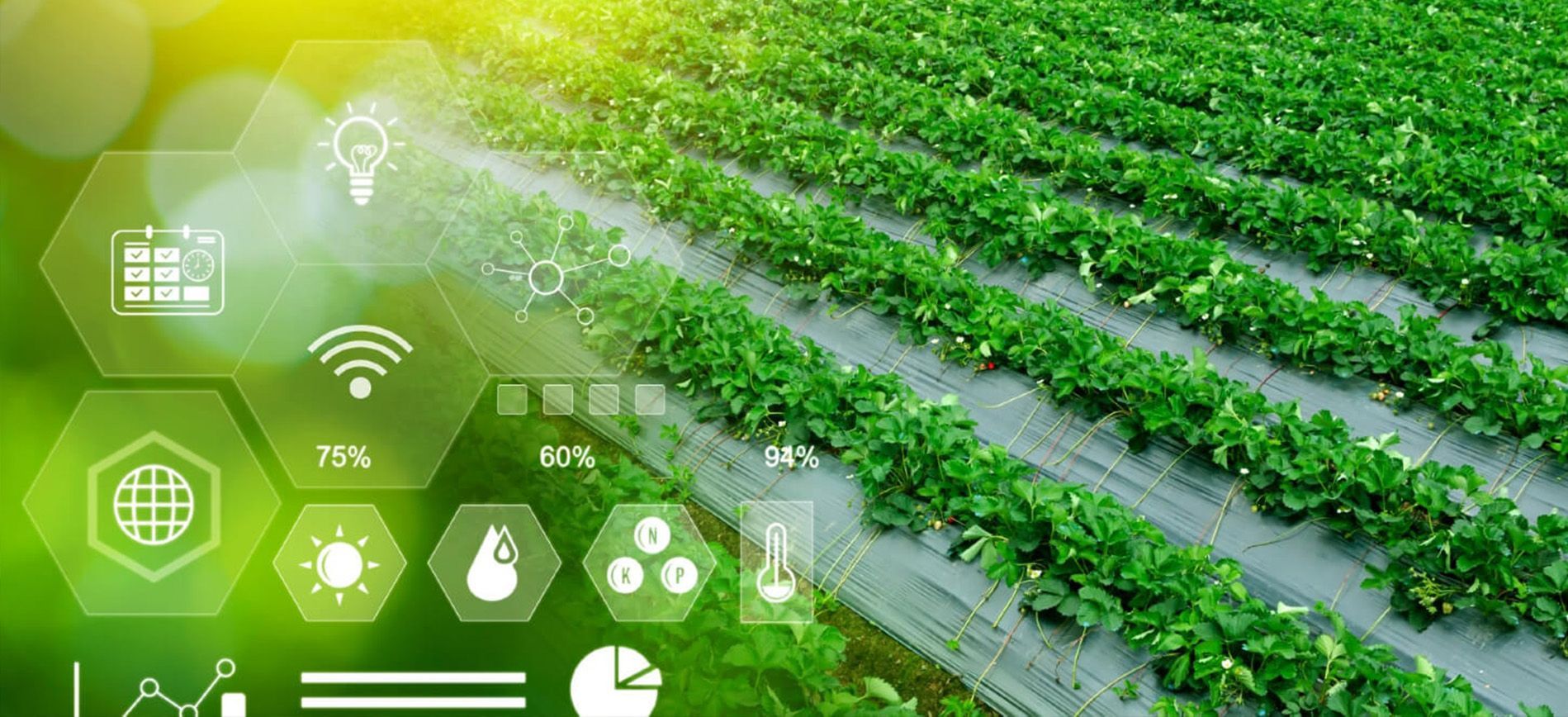Integrated Pest Management: A Sustainable Approach for Africa and India
Integrated Pest Management:
A Sustainable Approach for Africa and India

In agriculture, pest control is essential for protecting crops and ensuring food security. However, excessive pesticide use can lead to environmental damage, soil degradation, and health risks for farmers and consumers. Integrated Pest Management (IPM) offers a sustainable solution by combining biological, cultural, mechanical, and chemical methods to control pests effectively while minimizing environmental impact. This blog explores the principles of IPM, its benefits, and strategies for promoting its adoption among farmers in Africa and India.
1. Understanding Integrated Pest Management (IPM):
IPM is an ecological approach to pest control that emphasizes the use of environmentally friendly techniques, focusing on pest prevention, monitoring, and control to reduce reliance on chemical pesticides.
- Preventing Pest Infestation: IPM emphasizes preventive measures, such as crop rotation, intercropping, and habitat management, to reduce pest populations naturally and maintain balanced ecosystems.
- Regular Monitoring and Early Detection: Farmers practicing IPM regularly monitor crops to detect pests early, allowing for timely intervention and preventing pest populations from reaching damaging levels.
- Combining Multiple Control Methods: IPM involves using a combination of methods, such as biological controls (natural predators), mechanical traps, and selective chemical applications, to control pests with minimal environmental harm.
2. Key Components of IPM for African and Indian Agriculture:
Various IPM techniques are effective for managing pests in diverse climates and agricultural systems. Here are some of the main components of IPM used in Africa and India:
- Biological Control: Biological controls, such as beneficial insects, natural predators, and microbial pesticides, are used to target pests without harming other organisms. Examples include using ladybugs to control aphids or introducing parasitoid wasps to control caterpillar pests.
- Cultural Control Practices: Cultural practices like crop rotation, intercropping, and maintaining healthy soil through organic matter reduce pest pressure and improve crop resilience. These practices create environments unfavorable for pests, decreasing their population naturally.
- Mechanical Control Methods: Mechanical methods, such as hand-picking pests, using insect traps, and placing physical barriers, prevent pests from reaching crops. These techniques are especially useful for smallholder farmers managing smaller plots of land.
- Chemical Control as a Last Resort: Chemical pesticides are used selectively and only when other methods fail to control pests effectively. IPM emphasizes choosing low-toxicity options and applying them in targeted areas to minimize environmental impact.
3. Challenges in Adopting IPM Practices:
While IPM is a sustainable alternative to chemical-intensive pest control, certain barriers must be overcome to promote its adoption among smallholder farmers in Africa and India.
- Limited Awareness and Knowledge: Many farmers may be unfamiliar with IPM principles or lack knowledge on implementing non-chemical pest control methods. Training programs and extension services can help bridge this knowledge gap.
- Higher Initial Labor Requirements: IPM practices, such as manual monitoring and hand-picking pests, may require more labor, which can deter adoption among farmers with limited resources.
- Lack of Access to Biological Control Agents: Access to biological control agents, such as natural predators or microbial pesticides, may be limited in remote areas. Expanding local production and distribution of biological controls can increase accessibility.
- Market Pressure for Perfect Produce: Some markets demand visually perfect produce, which can lead to the overuse of pesticides. Educating consumers and promoting acceptance of minor cosmetic imperfections can reduce unnecessary chemical use.
4. Strategies to Promote IPM Adoption Among Smallholder Farmers:
To encourage the adoption of IPM, stakeholders can implement various initiatives that make IPM accessible, affordable, and effective for smallholder farmers.
- Training Programs and Extension Services: Training programs led by government agencies, NGOs, and agricultural cooperatives can provide farmers with practical knowledge of IPM techniques, monitoring, and pest identification.
- Support for Local Production of Biological Controls: Establishing local facilities for producing biological control agents can improve access to natural pest control options. Partnerships with research institutions and private companies can support this effort.
- IPM Demonstration Plots and Field Days: Demonstration plots where farmers can observe IPM practices in action help build confidence and showcase the effectiveness of sustainable pest control methods.
- Subsidies for Biological Pest Control Products: Government support in the form of subsidies or grants for IPM inputs, such as traps and natural pesticides, makes IPM more affordable for smallholder farmers.
5. Benefits of IPM for Sustainable Agriculture and Food Security:
IPM offers numerous benefits for farmers, communities, and the environment, contributing to sustainable agricultural systems in Africa and India.
- Reduced Environmental Impact and Soil Health Protection: By minimizing chemical pesticide use, IPM protects soil health, reduces water contamination, and supports biodiversity, contributing to long-term environmental conservation.
- Enhanced Crop Resilience and Yield Stability: IPM promotes crop resilience by reducing pest pressure naturally, resulting in stable yields. Healthier crops contribute to food security, especially in regions facing climate variability.
- Economic Benefits for Farmers: With IPM, farmers can reduce expenses on chemical inputs, improving profitability. The use of biological and mechanical controls often results in lower long-term costs and promotes sustainable farming practices.
- Health and Safety Improvements for Farmers and Consumers: Reducing pesticide use benefits farmers by minimizing exposure to harmful chemicals, while consumers enjoy safer produce with lower pesticide residues, supporting healthier communities.
Conclusion:
Integrated Pest Management offers a sustainable, effective approach to pest control that supports agricultural productivity, environmental health, and food security in Africa and India. Through education, access to biological controls, and financial support, governments and stakeholders can promote IPM adoption, empowering farmers to manage pests responsibly. As more farmers embrace IPM, Africa and India are set to achieve sustainable agriculture that benefits farmers, communities, and ecosystems alike.




